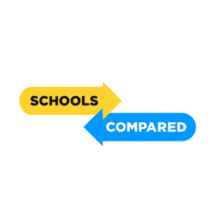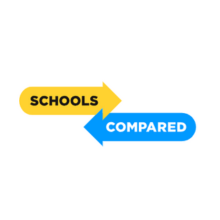at svs we are
Future Empowered
P.O. Box 393304 get directions

By: Tabitha Barda
Published: 30 Jan 2025
Updated: 31 Jan 2025
The traditional classroom setup—rows of desks, rigid seating arrangements, and a teacher firmly positioned at the front—has remained largely unchanged for decades. But as education evolves to become more student-centric, schools around the world are rethinking the way learning spaces impact student engagement, well-being, and academic success. South View School in Dubai is at the forefront of this movement, piloting a groundbreaking flexible seating initiative that could redefine how children learn.
Led by Aimee Barlow, Year 5 Teacher and Head of Year at South View School, the research-driven initiative explores the impact of adaptive, student-chosen seating on engagement and progress. The project, launched in collaboration with the Centre for Education Action Research (CEAR) in the UAE, is part of a broader trend of action research in education, where schools experiment with innovative teaching strategies to enhance learning outcomes.
The idea behind flexible seating is simple: comfort and autonomy lead to better learning. Traditional classroom setups often fail to accommodate the diverse physical and cognitive needs of students. Some children learn best when standing, others prefer sitting cross-legged on the floor, and some may thrive in motion-friendly environments. Why, then, do most schools insist on a one-size-fits-all approach?
For Aimee Barlow, the concept became clear after an art-inspired lesson in which her students naturally gravitated toward the floor as a workspace. Recognising the impact of student choice on focus and creativity, she was further inspired by her own experience of growing up with undiagnosed ADHD and the challenges of sitting still in a rigid environment:
“Despite advancements in curriculum and technology, classrooms today still resemble those from decades ago. Inclusion is a universal conversation, so why hasn’t our classroom furniture evolved to reflect that?”
Her research isn’t just about making classrooms more comfortable—it’s about inclusion and accessibility. One of her students, who uses a wheelchair, expressed a desire to transition between different seating options throughout the day, something that the new flexible classroom has now made possible.
While many schools have experimented with alternative learning spaces, South View School is taking a more scientific approach to measuring its effectiveness. Data collection includes:
The research will continue to run through Term 2, but early findings already indicate higher levels of concentration, participation, and overall student enthusiasm, according to Ms Barlow's research.
The concept of flexible learning environments is not new, but it is still relatively untested in UAE schools. Around the world, research has shown that student agency over their physical learning environment can improve academic performance, engagement and motivation, and well-being and stress levels.
Major education systems in Scandinavia, Canada, and Australia have been leading the charge in rethinking classroom design, incorporating elements like standing desks, collaborative workstations, and open-plan learning zones. South View School’s experiment is significant because it could serve as a model for flexible seating in the UAE, inspiring other schools to rethink their learning spaces.
South View School’s initiative is supported by the Centre for Education Action Research (CEAR), a research alliance spearheaded by Simon O'Connor, Director of Deira International School. CEAR is currently working with 15 UAE schools and over 140 educator-researchers to test and refine evidence-based teaching strategies.
South View School’s participation in CEAR highlights the growing commitment of UAE schools to research-driven education, aligning with the global push for innovative pedagogical approaches. Previous CEAR projects have tackled issues like improving ELL (English Language Learner) student attainment through explicit vocabulary instruction and enhancing student resilience through mindfulness interventions.
The school is set to present its findings at the CEAR Conference in May-June 2025, potentially contributing to CEAR’s Action Research Journal, ‘Quest’.
South View School’s initiative is not just about rearranging furniture—it’s about rethinking how children learn best. If student choice in seating boosts engagement, why aren’t more schools adopting it?
The findings from this research could have long-term implications for schools across the UAE, influencing policies on classroom design, accessibility, and student well-being. More broadly, it reinforces the importance of educational action research—empowering teachers to be innovators and change-makers in shaping the future of education.
As education evolves to meet the needs of 21st-century learners, South View School’s experiment serves as an important case study in how small changes can lead to transformative impacts. If the UAE is to continue its trajectory toward world-class education, embracing flexible, research-backed learning environments could be the next major step forward.
1. Schoolscompared: https://schoolscompared.com/uae/news/flexi-classroom-seating-dubai-schools-bold-experiment-has-global-implications
#SVSInTheNews
